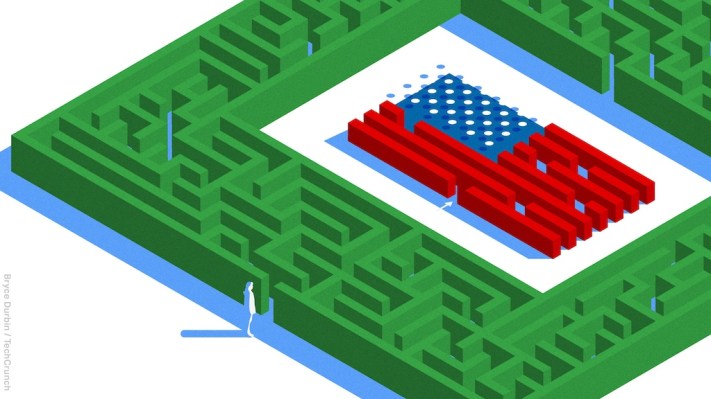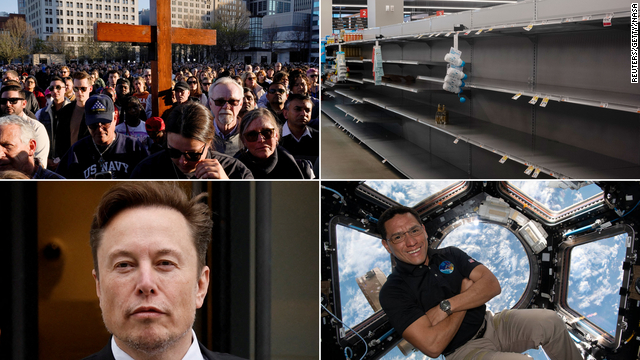Archaeological and genetic evidence casts doubt on the idea that the ability to digest lactose after infancy evolved gradually
Humans
27 July 2022
Neolithic people began drinking milk around 7000 BC CHRISTIAN JEGOU/SCIENCE PHOTO LIBRARY
Milk consumption was widespread thousands of years before people were able to break it down properly, according to the largest study yet on the evolution of lactose tolerance in humans. The ability to break down lactose was probably gained during episodes of acute crisis, not gradually over time, the study found.
As babies, all humans produce the enzyme lactase, which breaks down lactose into the more readily absorbed glucose and galactose, but many people have much lower levels of lactase after weaning, meaning they cannot digest milk properly.
The spread of lactase persistence – the ability to break down lactose after weaning – is considered one of the best examples of natural selection in humans. One-third of the global population gained this trait in just a couple of thousand years.
The leading explanation was that humans gained lactase persistence so quickly as their evolution was deeply intertwined in a cycle with dairy. As humans were pressured into evolving lactase persistence due to the nutritional benefits of milk, the spread of lactase persistence would have in turn increased human reliance on milk, increasing the pressure to be lactose tolerant.
Richard Evershed at the University of Bristol, UK, and his colleagues studied 7000 animal fat residues that had seeped into pottery at 500 sites across Europe. This revealed that dairy farming was common in the region from 7000 BC onwards.
But ancient DNA evidence revealed that lactase persistence wasn’t prevalent until around 1000 BC — roughly 4000 years after the trait was first detected and 6000 years after milk production took hold.
There are many ideas as to why lactose tolerance developed so rapidly, ranging from the benefits of milk’s sugar content to vitamin D, but they “all go out the window because they are all pinned to milk use in one way or another”, Mark Thomas of University College London, a co-author of the study, told a press briefing.
Mapping the use of milk across Europe against the spread of lactase persistence showed no correlation, while computer models suggest that famine and disease offer better explanations.
Using changes in population size as a proxy for malnutrition, the researchers found lack of food was 689 times more likely to explain the rise of lactose tolerance than constant selection pressure. Using population density as a proxy for the spread of deadly pathogens, they found that disease was 289 times more likely to account for the spread.
During these periods of crisis, the flatulence, stomach cramps or diarrhoea experienced by lactose intolerant people probably turned into a life or death matter, said Thomas.
An analysis of health and genetic data from the UK Biobank also suggested that the co-evolution idea for humans and lactose tolerance is unlikely.
Lactose tolerant people would be expected to have higher levels of some health metrics, such as bone mineral density, height or vitamin D, Thomas said, but the researchers found none except for slightly higher body mass index numbers.
Surprisingly, there was also little difference in the proportion of people who don’t drink cow’s milk amongst the lactose tolerant and intolerant: 6.8 per cent versus 8 per cent.
The results suggest that many people should consider drinking milk for its nutritional benefits, even if they are lactose intolerant, Evershed said at the briefing. “Broadly, if you’re lactose non-persistent it isn’t necessarily such a big deal.”
The negative symptoms associated with milk consumption only occur in some people who are lactose intolerant, probably due to variations in bacteria in the colon. Some people who experience side effects may be confounding lactose intolerance with milk allergy, the researchers said.
Journal reference: Nature, DOI: 10.1038/s41586-022-05010-7
Sign up to Our Human Story, a free monthly newsletter on the revolution in archaeology and human evolution
More on these topics:



























































